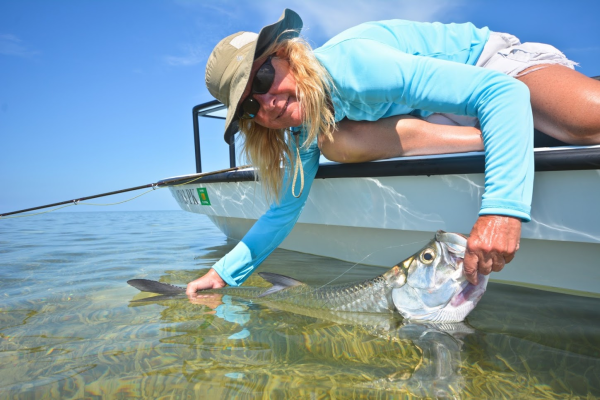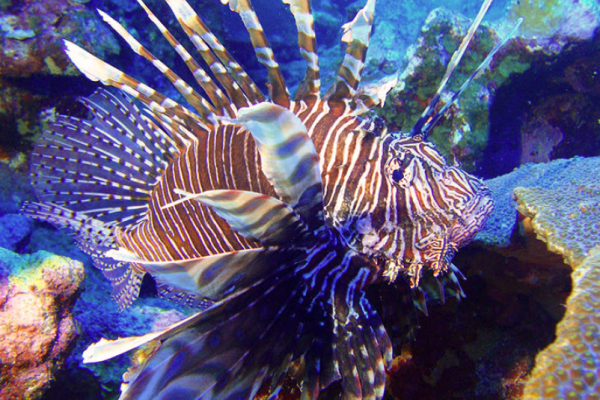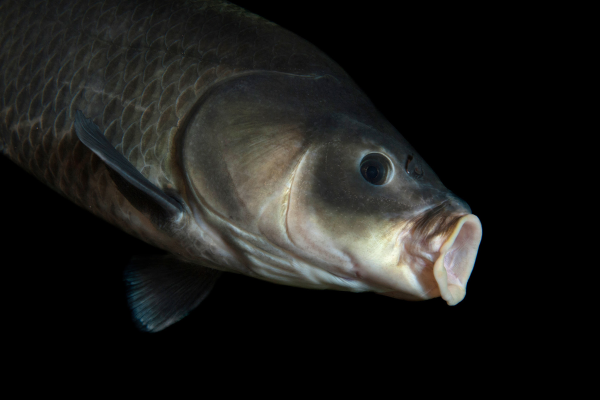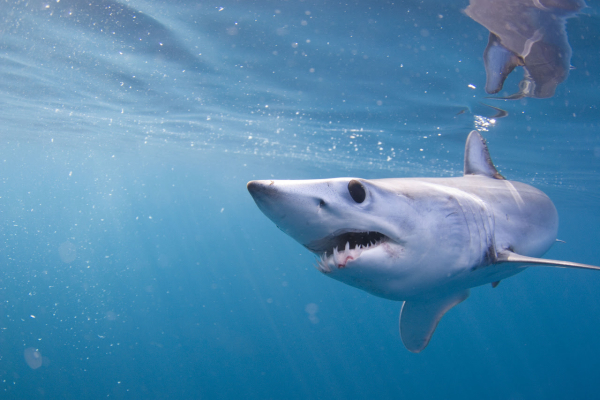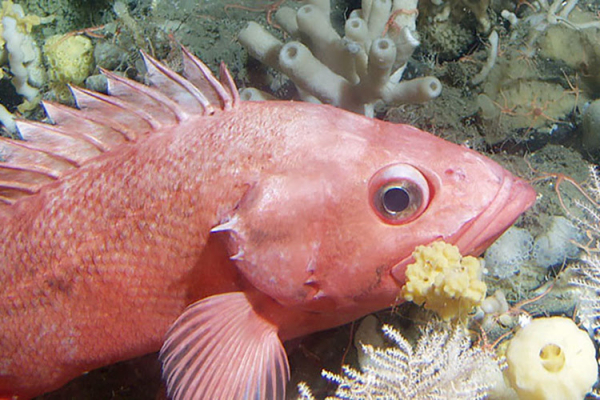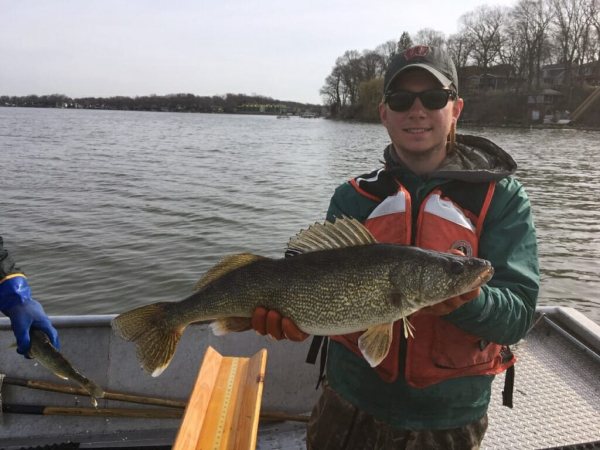Keeping Florida Fish Alive as Temperatures Drop |
| With temperatures dropping, can you handle the fish? While many anglers sing the praises of Florida’s warmer fishing months, seasoned anglers know that winter can offer great fishing opportunities for some of the state’s most sought-after fish species. As the temperatures drop, you’ll spot many anglers, including veteran kayak angler Stephen Stubbs, following spotted seatrout to fresher water, where the fish congregate in large schools. While this can make spotted seatrout an easy target, this species is also especially vulnerable to fatigue and exposure, so as the winter bite turns on, it’s important to use proper gear and fish handling techniques. This ensures the best chance of survival for released fish. Read on for some tips to help you handle the fishing as the weather cools down and the action heats up. Prepping for the Day A successful day of fishing begins with preparation. Be aware of the area you will be fishing and local fish you might catch. Know the regulations for your target species and make sure you have all the proper gear. Determining ahead of time which fish you are going to keep versus which fish you will release is an easy step to take and something that Stubbs practices regularly.“My friends and I tend to harvest only slot trout under 19 inches to keep the more productive egg-layers (20 inches and over) in the water to continue the sustainability of this wonderful species,” Stubbs said. Knowing which fish he plans to release helps to get those fish back in the water quickly, increasing survival and benefitting the fish population. Some great gear to have in your stash is: Barbless circle hooks – Are 90% more likely to hook a fish in the mouth. Hooking a fish in the mouth reduces internal harm and decreases dehooking time, getting the fish back in the water faster and increasing its chance of survival. Dehooking tool – Allows anglers to quickly release their catch while minimizing injuries and handling time. Correct weight tackle – Using tackle heavy enough to land a fish quickly is important so fish are less exhausted and more able to avoid predators upon release. Knotless, rubber-coated net – These support the weight of the fish while removing a minimal amount of slime, which protects the fish from infection. Fish On!Make sure to reel the fish in as quickly as possible. According to Stubbs, the key to landing a nice trout, especially a big one, is to manage the drag tension. Horsing a trout into the boat can usually result in additional tearing of the area they are hooked, especially around the mouth. It can also cause you to lose the fish. Work them in as they tire and keep tension on the line to prevent a hook release. Playing the fish too much can result in an exhausted fish that cannot avoid predators once released. Landing the FishStubbs reminds anglers to always use a net for landing medium-to-large trout and dip/wet any measuring board with water before laying the fish on the board. That helps reduce the loss of slime and scales. Once you’ve got your catch to the boat, use these additional tips to ensure that fish are landed quickly and safely for the best outcome for both the angler and the fish. Avoid removing large fish from water. If you must remove them, support their weight horizontally to prevent damage to their internal organs. Take pictures of your catch while it is in the water. This puts less stress on the fish and the fish will look bigger.If a net is needed to land or control a fish, always use a knotless, rubber-coated landing net. Fish Handling Using the correct methods to handle your fish once you’ve landed them is important to ensure that released fish are in prime condition when returned to the water. Return the fish to the water as quickly as possible. One of the major factors in the survival of a released fish is how much time it spends out of the water. The more fish that survive upon release today, the more fish there will be available to catch tomorrow.Wet your hands before handling a fish to prevent damaging its protective slime coating. Don’t use gloves or towels, as this will remove the protective slime. Never hold a fish by the gill cover or eyes. Hold fish horizontally to support their internal organs. Gripping devices can be effective for controlling and handling fish, especially ones with sharp teeth. Grip behind the lower lip and support the weight of the fish in a horizontal position. Removing the Hook Removing a hook can be tricky. Use these tips to get the hook out and protect your trout (and other catches).If possible, keep the fish in the water while removing the hook.If the fish has swallowed the hook, cut the line as close to the hook as possible. Attempting to remove the hook can do more harm than good. Use non-stainless-steel hooks since they eventually dissolve or pass naturally. Using a dehooking tool will allow you to remove hooks safely and quickly without touching the fish, giving it a better chance to survive. Releasing and RevivingTaking steps to return fish to the water properly can be a significant factor in their survival. With a little extra effort, you can give your fish a fighting chance at survival to reproduce and fight another day. Place the fish in the water and allow it to swim away on its own; do not toss the fish back. Revive fish that do not swim away immediately or appear lethargic.Place fish in the water head first – it is easiest to hold one hand on the bottom lip or tail and one hand under the belly of the fish.Move the fish forward in the water – this allows the water to be flow through the mouth and over the gills. The fish must face the direction of water flow.Use a figure-8 motion to move the fish forward constantly, ensuring water continues to flow over the gills. Never jerk fish back and forth, since this action prevents water from properly flowing through the gills.For fish caught in deep water with signs of barotrauma, use a descending device to return fish to depth or vent the fish by inserting a sharpened, hollow tube at a 45-degree angle, one inch behind the base of the pectoral fin. Practice C-P-R: Catch-Photo-Release. Quickly land your fish, have a friend snap a quick photo during the action and return fish to the water expediently. Then submit your photos on com to earn prizes for your fishing achievements! Ensure Fish Survive to Help Populations Thrive!The steps you take on the water today can help positively impact the future of your Florida fish populations! Dropping temperatures don’t have to mean a drop in the survival of the fish you release. To learn more about proper catch-and-release techniques, visit MyFWC.com/FishHandling. The quarterly Gone Coastal column is one of many ways that the Florida Fish and Wildlife Conservation Commission (FWC) Division of Marine Fisheries Management is helping recreational anglers understand complex saltwater regulations and learn more about saltwater fishing opportunities and issues in Florida. We are also available to answer questions by phone or email anytime, and we would love the opportunity to share information through in-person presentations with recreational or commercial fishing organizations. To contact the FWC’s Regulatory Outreach subsection, call 850-487-0554 or email Saltwater@MyFWC.com. |
